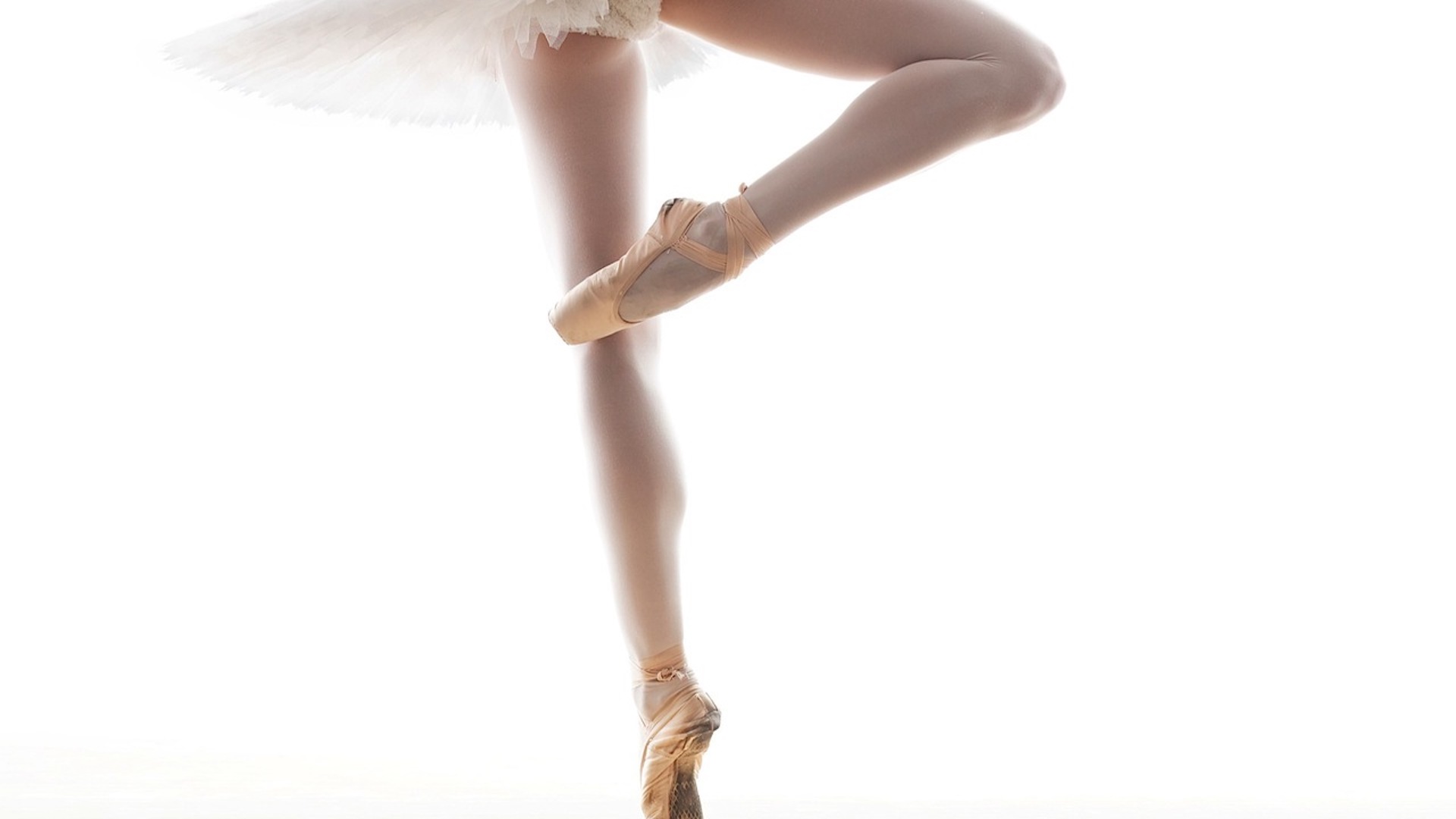
30 Dec The Polished Piqué
One of the most exhilarating and fun movements in ballet can be the piqué turns. Flying across the floor, with exciting music in the foreground, you can feel like a prima ballerina. Yet, piqué’s can present their own challenges. Of the different styles of pirouettes, the piqué’s can seem simpler than others, yet in our desire to build speed and the visual impact of multiple turns, we may sacrifice the quality of the movement. BFW invites you to perfect the details of your pique so it can look principled and precise.
The breakdown
Understanding the basic elements of this movement, regardless of your experience level, can make you more aware of keeping the correct technique and placement. Piqué in French means “to prick, or be stung.” A piqué movement in ballet consists of the dancer lifting the toes of the working foot/leg to “prick” the floor. One ballet master suggests starting in a good plié with your body weight over the supporting leg, so the push onto demi-pointe or pointe is well controlled. Also, your hips should travel from the supporting leg over to the working leg in one continuous movement. Another thing to watch for is that the piqué should happen on a straight leg. If you’re going to the right, the right heel and the top of the right leg lead the turn. The left arm, left shoulder, left side of your rib cage, and left hip should stay in line with each other, helping to bring your body around.
As you reach the halfway point of the turn, keep your shoulders down and neck relaxed as you spot your head. At this point, your arms should arrive in a neat first position. Your left foot should stay attached to the right supporting leg just above the back of the knee. During the last quarter of the turn, the left foot should remain attached to the leg for as long as possible as it slides down toward the floor.
Piqué Tweaking
With a little extra attention, common issues with your piqué turns have quick solutions. If you tend to piqué onto a bent knee or let it relax during the transition between turns, try thinking of having a “wooden leg”—one that never bends, and a foot that never stops pointing when you’re on pointe.
An experienced ballet dancer relates, “If you’re hyper-extended, it’s a bit more difficult to get over your leg when it’s truly straight. You have to really use your back foot to plié and push as far as possible.” If you have trouble spotting and tend to get dizzy, make sure you have a clear object to focus on each time you bring your head around, and think about fully relaxing your neck.
Raising the “Barre”
After you have gained the mastery of the basic piqué turns, increase the level of difficulty by adding doubles or varying your direction and speed. When attempting a double, some have found that bringing the foot to retiré as soon as possible allows them both turns in time with the music and you may spot twice in a clear rhythm. To piqué very fast, other professionals may lower the leg into a coupé position, rather than retiré, while keeping the arms out to the side—both of which save time in a quick string of turns.
You can also change up your port de bras. Try turning with your hands on your hips—which might remind you to keep your hips down, too—or your arms in fourth position. Usually, dancers lift the right arm (if they’re turning to the right) because it helps pull up the supporting side.
